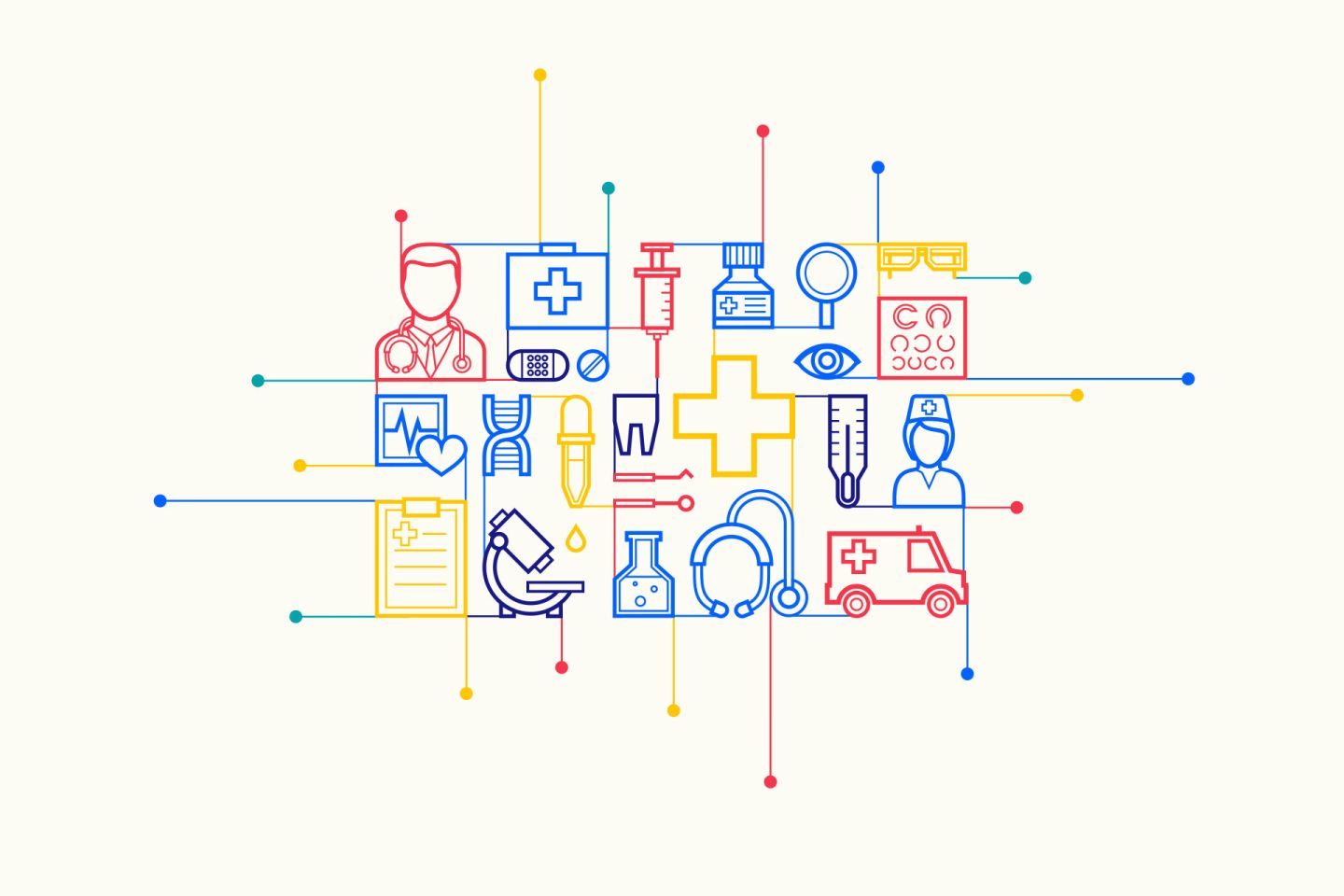Last September the American Hospital Association published a report titled “Hospitals and Care Systems of the Future.” Amidst broad change throughout the industry, the report lists “must-do strategies to succeed in the future.”
Among the top 10:
• Align hospitals, physicians and other providers across the care continuum.
• Improve efficiency through productivity and financial management.
• Join and grow integrated provider networks and care systems.
• Develop integrated information systems.
In addition, the report suggests organizational core competencies hospitals should pursue to achieve the above strategies. These include strategic planning, financial stewardship and enterprise risk management, and collection and utilization of electronic data for performance management.
On top of all that, patient convenience plays a role in your financial performance. Patients want the most convenience possible in terms of location. The rise of retail clinics and telemedicine are nipping at your heels and time-pressed patients are acting more and more like demanding retail consumers every day.
The one point that’s key to achieving all of the above? Predictive patient analytics.
As a hospital system, you already own a large amount of patient data, including patient drive times to your existing facilities. As a next step in your decision making for healthcare facility planning, you can combine that information with our wide-reaching household-level analytics. That combination of data allows you to build sophisticated predictive models to forecast preferred site locations for ambulatory care clinics. You can score any locations under consideration based on your own variables, from potential patient needs to the most efficient staffing solutions and much more.
Optimizing your entire network to achieve cost-control objectives is going to be more crucial than ever as we move forward under new healthcare legislation.
What are your plans for achieving the right balance of patient satisfaction and efficient operation?


